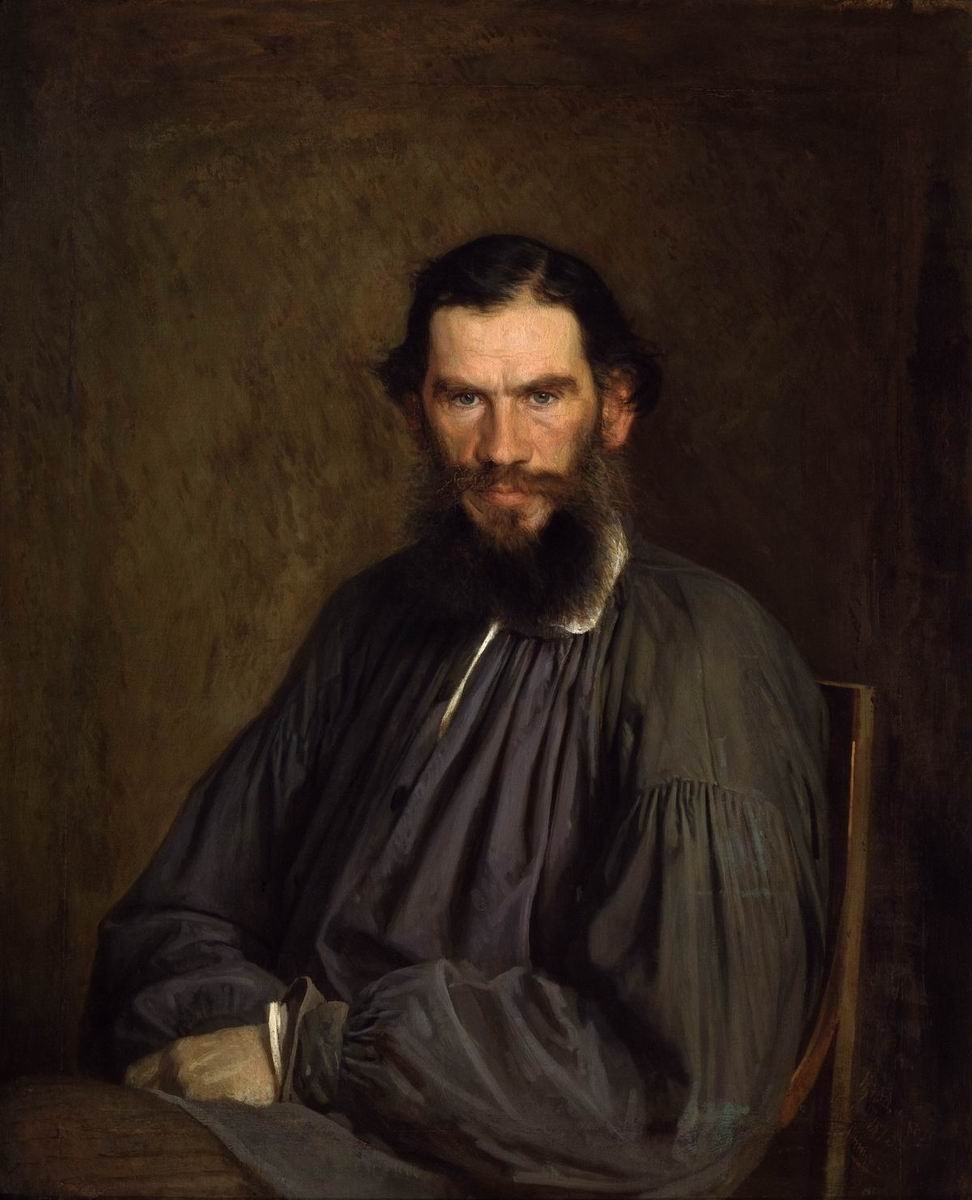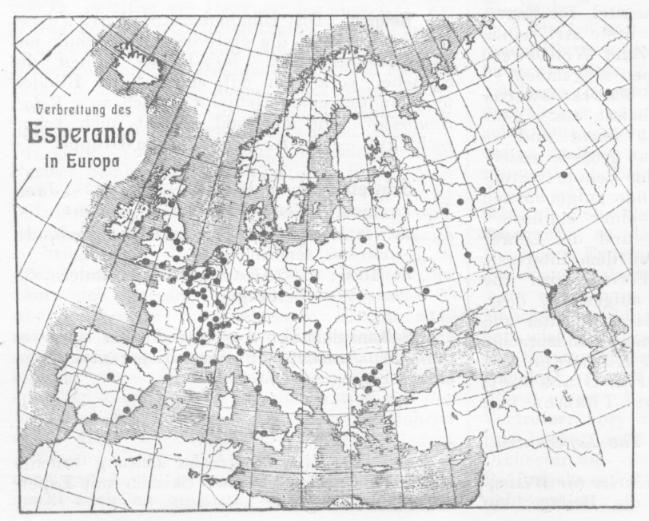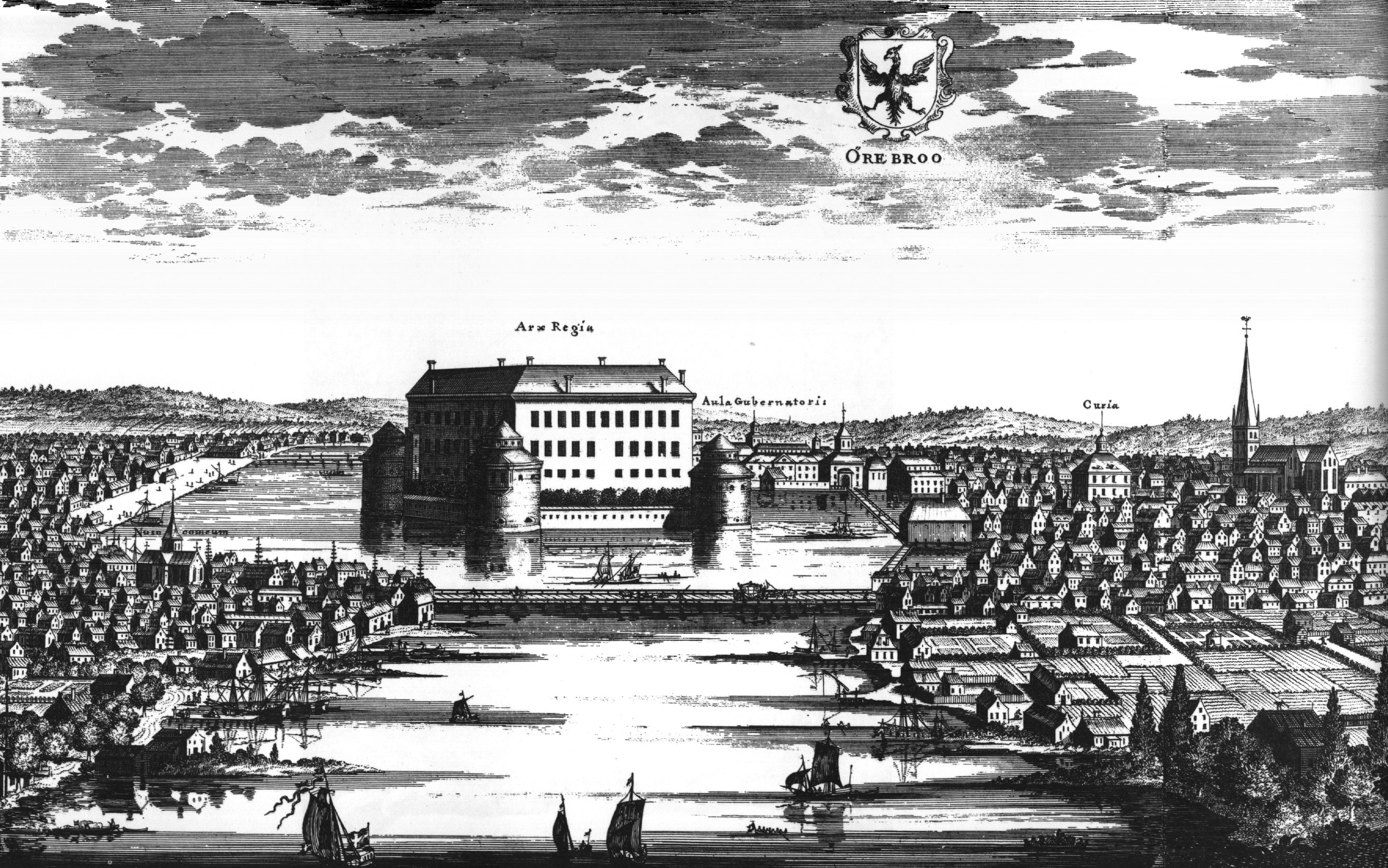|
Sigurd Agrell
Per Sigurd Agrell (16 January 1881 in Värmland – 19 April 1937 in Lund) was a Swedish poet, translator, runologist and professor of Slavic languages at Lund University. Biography Agrell's parents were Frans Vilhelm Agrell (1843–1900) and Ida Vendela Örtenholm (1851–1928). After graduating from secondary school in Norrmalm in 1898, he was admitted to Uppsala University, where he earned his licentiate degree in 1907. He then continued his academic career at Lund University, where he in 1908 defended his PhD thesis on aspect in Polish. He received his doctoral degree in 1909 and was later appointed associate professor (''docent'') at the same university. Having taught at Lund University since 1908, Agrell became professor of Slavic languages in 1921. He translated a number of Russian books, such as Slavic legends, and Ivan Bunin's stories. His 1925 translation of Leo Tolstoy's ''Anna Karenina'' was for a long time the standard translation of this novel in Sweden. At first, ho ... [...More Info...] [...Related Items...] OR: [Wikipedia] [Google] [Baidu] |
Leo Tolstoy
Count Lev Nikolayevich TolstoyTolstoy pronounced his first name as , which corresponds to the romanization ''Lyov''. () (; russian: link=no, Лев Николаевич Толстой,In Tolstoy's day, his name was written as in pre-reformed Russian. ; ), usually referred to in English as Leo Tolstoy, was a Russian writer who is regarded as one of the greatest authors of all time. He received nominations for the Nobel Prize in Literature every year from 1902 to 1906 and for the Nobel Peace Prize in 1901, 1902, and 1909; the fact that he never won is a major controversy. Born to an aristocratic Russian family in 1828, Tolstoy's notable works include the novels ''War and Peace'' (1869) and ''Anna Karenina'' (1878), often cited as pinnacles of realist fiction. He first achieved literary acclaim in his twenties with his semi-autobiographical trilogy, ''Childhood'', '' Boyhood'', and ''Youth'' (1852–1856), and '' Sevastopol Sketches'' (1855), based upon his experiences in ... [...More Info...] [...Related Items...] OR: [Wikipedia] [Google] [Baidu] |
Uthark Theory
The Uthark theory about the runes holds that the ''rune row'' is a cipher, and that one can understand its meaning by placing the first rune, "F", last, resulting in an ”Uthark” instead of the traditional "Futhark" order. It originated in the 1930s with the work of philologist Sigurd Agrell (1881–1937), a professor at Lund University, Sweden. His suggestion has no support in historical sources and was never accepted in mainstream runic studies. But it has found proponents in occult, esoteric circles and in popular culture. Agrell articulated the bulk of his theory in his 1932 book ''Die spätantike Alphabet-Mystik und die Runenreihe'' he Alphabet-mysticism of late antiquity and the sequence of the runes Occultist Kenneth Meadows promoted it in his 1995 book ''Rune Power''. Thomas Karlsson, founder of the magical order Dragon Rouge Thomas Karlsson (born 1972) is a Swedish occultist and esoteric writer, with a PhD in the History of Religions from Stockholm University. ... [...More Info...] [...Related Items...] OR: [Wikipedia] [Google] [Baidu] |
Symbolism (arts)
Symbolism was a late 19th-century art movement of French art, French and Art of Belgium, Belgian origin in poetry and other arts seeking to represent absolute truths symbolically through language and metaphorical images, mainly as a reaction against Naturalism (literature), naturalism and Realism (arts), realism. In literature, the style originates with the 1857 publication of Charles Baudelaire's ''Les Fleurs du mal''. The works of Edgar Allan Poe, which Baudelaire admired greatly and translated into French, were a significant influence and the source of many stock Trope (literature), tropes and images. The aesthetic was developed by Stéphane Mallarmé and Paul Verlaine during the 1860s and 1870s. In the 1880s, the aesthetic was articulated by a series of manifestos and attracted a generation of writers. The term "symbolist" was first applied by the critic Jean Moréas, who invented the term to distinguish the Symbolists from the related decadent movement, Decadents of literat ... [...More Info...] [...Related Items...] OR: [Wikipedia] [Google] [Baidu] |
Harald Brising
Harald or Haraldr is the Old Norse form of the given name Harold. It may refer to: Medieval Kings of Denmark * Harald Bluetooth Harald "Bluetooth" Gormsson ( non, Haraldr Blátǫnn Gormsson; da, Harald Blåtand Gormsen, died c. 985/86) was a king of Denmark and Norway. He was the son of King Gorm the Old and of Thyra Dannebod. Harald ruled as king of Denmark from c. 95 ... (935–985/986) Kings of Norway * Harald Fairhair (c. 850–c. 933) * Harald Greycloak (died 970) * Harald Hardrada (1015–1066) * Harald Gille (reigned 1130–1136) Grand Dukes of Kiev * Mstislav the Great (1076–1132), known as Harald in Norse sagas King of Mann and the Isles * Haraldr Óláfsson (died 1248) Earls of Orkney * Harald Haakonsson (died 1131) * Harald Maddadsson (–1206) * Harald Eiriksson Others * Hagrold (fl. 944–954), also known as Harald, Scandinavian chieftain in Normandy * Harald Grenske (10th century), petty king in Vestfold in Norway * Harald Klak (–), king in Jutland * ... [...More Info...] [...Related Items...] OR: [Wikipedia] [Google] [Baidu] |
Sven Lidman (writer)
Carl Hindrik Sven Rudolphsson Lidman (June 30, 1882 – February 14, 1960)—military officer, poet, writer, and preacher, grandson of the priest Sven Lidman—was born in Karlskrona, became a sublieutenant in the Swedish royal army reserve in 1903, and studied law at Uppsala University. He then began a promising career as a celebrated poet with ''Pasiphaë'' (1904), ''Primavera'' (1905), ''Källorna'' (1906), and ''Elden och altaret'' (1907). He also wrote the dramas ''Imperia'' (1907) and ''Härskare'' (1908), before starting to write novels: ''Stensborg'' (1910), ''Thure Gabriel Silfverstååhl'' (1910), ''Carl Silfverstååhls upplevelser'' (2nd edition, 1912), ''Köpmän och krigare'' (3rd edition, 1911), ''Tvedräktens barn'' (1913), and ''Det levande fäderneshuset'' (1916). In 1917 he went through a religious revival, which came out in his novels ''Huset med de gamla fröknarna'' (5th edition, 1919), ''Såsom genom eld'' (5th edition, 1920), ''Bryggan håller'' (1923), ... [...More Info...] [...Related Items...] OR: [Wikipedia] [Google] [Baidu] |
Per Daniel Amadeus Atterbom
Per Daniel Amadeus Atterbom (19 January 1790 in Åsbo, Östergötland – 21 July 1855) was a Swedish romantic poet, and a member of the Swedish Academy. Life He was son of a country parson, was born in the province of Ostergotland on 19 January 1790. He studied in the university of Uppsala from 1805 to 1815, and became professor of philosophy there in 1828. He was the first great poet of the romantic movement which, inaugurated by the critical work of Lorenzo Hammarsköld, was to revolutionize Swedish literature. In 1807, when in his seventeenth year, he founded at Uppsala an artistic society, called the Aurora League, the members of which included V. F. Palmblad, Anders Abraham Grafström, Samuel Hedborn (died 1849), and other youths whose names were destined to take a foremost rank in the literature of their generation. Their first newspaper, '' Polyfem'', was a crude effort, soon abandoned, but in 1810 there began to appear a journal, '' Fosforos'', edited by Atterbom, ... [...More Info...] [...Related Items...] OR: [Wikipedia] [Google] [Baidu] |
Erik Johan Stagnelius
Erik Johan Stagnelius (14 October 17933 April 1823) was a Swedish Romantic poet, playwright and romantic critic of political economy.https://www.diva-portal.org/smash/get/diva2:1086360/FULLTEXT01.pdf 1810 to 1840 was a time of blossoming in Swedish poetry, and there were several writers of distinguished merit, among them Esaias Tegnér, Erik Gustaf Geijer, Per Daniel Amadeus Atterbom and Stagnelius. The brief and mysterious life and death of Erik Johan Stagnelius have given a romantic interest to all that is connected with his name. Life Stagnelius was born in Gärdslösa, Öland, where his father was a vicar; he was later bishop in Kalmar on the nearby mainland, which probably influenced Stagnelius's spiritual thinking. He came from a large family. Stagnelius showed a natural gift for poetic writing from an early childhood. He took his bachelor's degree from Uppsala University in 1814 and got an employment as a clerk in Stockholm. As a person he was said to have been unatt ... [...More Info...] [...Related Items...] OR: [Wikipedia] [Google] [Baidu] |
Esperanto
Esperanto ( or ) is the world's most widely spoken constructed international auxiliary language. Created by the Warsaw-based ophthalmologist L. L. Zamenhof in 1887, it was intended to be a universal second language for international communication, or "the international language" (). Zamenhof first described the language in '' Dr. Esperanto's International Language'' (), which he published under the pseudonym . Early adopters of the language liked the name ''Esperanto'' and soon used it to describe his language. The word translates into English as "one who hopes". Within the range of constructed languages, Esperanto occupies a middle ground between "naturalistic" (imitating existing natural languages) and ''a'priori'' (where features are not based on existing languages). Esperanto's vocabulary, syntax and semantics derive predominantly from languages of the Indo-European group. The vocabulary derives primarily from Romance languages, with substantial contributions from Ge ... [...More Info...] [...Related Items...] OR: [Wikipedia] [Google] [Baidu] |
Lingvo Internacia (periodical)
''Lingvo Internacia'' (English: ''International Language'') was an Esperanto periodical, published from 1895 to 1914. It was the second Esperanto periodical, following ''La Esperantisto'' (1889–1895). ''Lingvo Internacia'' was the central Esperanto publication in the years leading up to World War I, accompanied by ''La Revuo'' (1906–1914). See also * History of Esperanto * List of Esperanto periodicals Esperanto periodicals have been an important element of the Esperanto movement since its beginning because it was one of the only practical ways the language could be used between conferences. The first Esperanto periodical was '' La Esperantist ... Notes References * {{refend Esperanto Esperanto publications Esperanto magazines ... [...More Info...] [...Related Items...] OR: [Wikipedia] [Google] [Baidu] |
Örebro
Örebro ( , ) is the List of urban areas in Sweden by population, sixth-largest city in Sweden, the seat of Örebro Municipality, and capital of the Örebro County. It is situated by the Närke Plain, near the lake Hjälmaren, a few kilometers inland along the small river Svartån, Närke, Svartån, and has a population of approximately 126,000 in the city proper. It is one of the largest inland hubs of the country, and a major Logistics, logistic and commercial operating site. Örebro is home to Örebro University, a Örebro University Hospital, major university hospital, a Örebro Castle, medieval castle, the water park Gustavsvik as well as several large shopping malls and the Oset-Rynningeviken nature reserve at the lakefront. Örebro is served by Örebro Airport 10 km (6 mi) southwest of the city, and by Örebro Central Station, serviced by the Mälaren Line and Western Main Line. Etymology The name ''Örebro'' refers to a bridge (') crossing the river Svartån, Närke, S ... [...More Info...] [...Related Items...] OR: [Wikipedia] [Google] [Baidu] |
Runology
Runology is the study of the Runic alphabets, Runic inscriptions and their history. Runology forms a specialized branch of Germanic linguistics. History Runology was initiated by Johannes Bureus (1568–1652), who was very interested in the linguistics of the ''Geatish language'' (''Götiska språket''), i.e. Old Norse. However, he did not look at the runes as merely an alphabet, but rather something holy or magical. The study of runes was continued by Olof Rudbeck the Elder (1630–1702) and presented in his collection ''Atlantica''. The physicist Anders Celsius (1701–1744) further extended the science of runes and traveled around the whole of Sweden to examine the ''bautastenar'' (megaliths, today termed runestones). Another early treatise is the 1732 ''Runologia'' by Jón Ólafsson of Grunnavík. The sundry runic scripts were well understood by the 19th century, when their analysis became an integral part of the Germanic philology and historical linguistics. Wilhelm Grimm ... [...More Info...] [...Related Items...] OR: [Wikipedia] [Google] [Baidu] |






